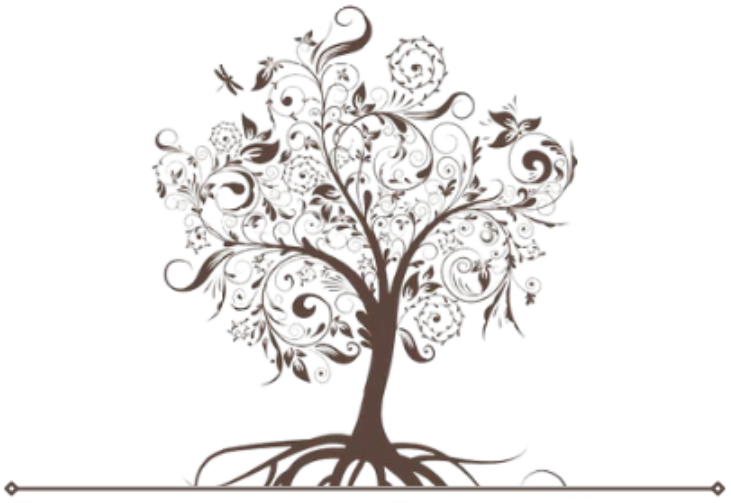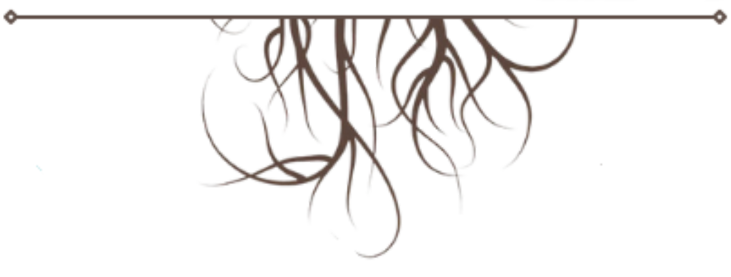
Introduction
Strokes represent a serious health concern in the United States today. They manifest in two primary forms: ischemic strokes, accounting for the majority of cases, and hemorrhagic strokes. Ischemic strokes occur when a blood clot obstructs a blood vessel, while hemorrhagic strokes result from the rupture of a blood vessel, leading to bleeding in the brain.
Nearly 800,000 people have a stroke each year and it is the second leading cause of death worldwide. Roughly 25% of those are a recurrent attack. It is the fifth leading cause of death for all Americans and a leading cause of serious long-term disability. Stroke reduces mobility in more than half of stroke survivors age 65 and older. 1 in 5 women has a stroke at some point in her life. Stroke is the third leading cause of death for women.
The biggest tragedy surrounding strokes is that approximately 90 percent are preventable with simple lifestyle modifications. This means that most stroke victims could have avoided their situation had they received the right kind of healthcare and education to make different choices.
Proper management of blood pressure (BP) is a cornerstone of stroke prevention and acute treatment. Hypertension is common, has a high attributable risk for stroke (25%-50%), and both clinical trials and observational studies have shown a reduction in the risk of first and recurrent stroke with BP-lowering therapy.
Your vascular system is the foundation of your overall health. There are 60,000 miles of blood vessels in your body. They supply oxygen and essential nutrients to every organ in your body and carry away toxic waste. If you’re looking for a long and healthy life, taking care of your vascular system must be a top priority. With all this going on in the blood, it’s extremely important that the right materials — nutrients and oxygen — pass from your bloodstream into your organs and tissues.
Risk Factors
Hypertension
- High blood pressure, a major global health concern, significantly increases the risk of strokes. It can lead to blood clots in the brain, and can damage the tiny blood vessels deep inside the brain. It can also make a stroke due to bleeding in the brain more likely. Managing and controlling hypertension is crucial in stroke prevention efforts.
Tobacco Use
- Smoking is a major modifiable risk factor for strokes. The chemicals in tobacco contribute to the narrowing and hardening of arteries, elevating the likelihood of blood clots and stroke. Tobacco smoke contains over 4000 toxic chemicals which are deposited on lungs or absorbed into the bloodstream damaging blood vessels.
Dietary Habits
- Unhealthy dietary patterns, characterized by high salt intake, saturated fats, and low fruit and vegetable consumption, contribute to conditions like obesity and hypertension, amplifying the risk of strokes.
Physical Inactivity
- Sedentary lifestyles contribute to obesity, hypertension, and other risk factors for strokes. Regular physical activity is a powerful preventive measure.
Diabetes
- Diabetes, particularly when poorly controlled, increases the risk of strokes. Managing blood sugar levels is essential in stroke prevention for individuals with diabetes. About two-thirds of adults with diabetes have blood pressure greater than 130/80 mm Hg or use prescription medications for hypertension. Having both T2D and HBP increases your risk of heart disease by four-fold.
Regarding modifiable risk factors, the leading cause of stroke is high blood pressure. As the name hypertension suggests, high blood pressure results in too much tension in the blood vessels, weakening them. Damaged blood vessels are prone to narrowing or leaking, which may lead to strokes.

Stroke Recovery & Prevention
Follow these top tips to recover from a stroke:
- Eat an anti-inflammatory diet
One of the best things you can do for your brain post-stroke is to eat an anti-inflammatory diet. Inflammation of the brain, or neuroinflammation, is often at the root cause of a stroke and other neurodegenerative disorders. The Paleo diet is one of the most anti-inflammatory diets out there. The diet limits processed foods and toxins, which can damage blood vessel lining and lead to stroke. Load up on nitrate-rich foods such as leafy greens and beets found abundantly on a Paleo diet. Eat more wild-caught salmon or sardines to boost omega 3 intake, a nutrient needed for brain function. Omega 3 fats, antioxidants and nutrients like vitamin B12 can help to increase neurogenesis (creation of new neurons in the brain) after a stroke. - Get more sleep
To speed up brain recovery, it is imperative to let your brain rest for at least 8-9 hours every night. Ensure that your brain and your body get quality sleep. Sleep is a reset for the brain and the most important thing it needs to heal. Good quality sleep is also key to restoring mental health and cellular energy. Furthermore, the deep REM sleep you get at night is essential to helping the brain process motor information and eliminate toxins. - Keep the brain active
The best way to rewire the brain after a stroke is to actively engage it. Doing brain activities regularly keeps the mind active and increases synaptic plasticity (communication between brain cells). Read books, do crossword puzzles, or play card games to keep the brain active. This is how you help your brain recover from a stroke and also how you can prevent neurodegenerative disorders like Alzheimer’s disease. There are stroke support groups as well that you should join. - Walk more
Many stroke survivors struggle with movement and balance after a stroke. The best way to improve movement after a stroke is to get moving. Try going for a walk each day and gradually increase your time. Better yet, try walking outside in nature in the sunshine. Other exercises that will also help include strength exercises for your legs and core. - Boost blood flow
Impaired blood flow is both a risk factor and a consequence of a stroke. It is vital to restore blood flow during stroke recovery. It is known that after a stroke, you can reduce neural damage by improving blood flow. Cerebral vascular insufficiency (lack of blood flow to the brain) is a major cause of stroke and neurological death. This lack of blood flow to the brain is usually caused by atherosclerosis of the arteries that impedes blood flow to the cerebrovascular system. One technique to naturally improve blood flow is to increase nitric oxide. Nitric oxide is a molecule responsible for vasodilation, meaning it keeps the arteries relaxed and open while promoting blood flow. - Limit stress
Try daily prayer or reading as tools for stress management. Developing habits that will calm the mind and activate the parasympathetic system (rest and digest mode) are invaluable for stroke recovery. Stress releases the cortisol hormone into the body, which promotes inflammation and depletes the immune system. Inflammation and depleted immunity cause other health issues to arise. Stress-reducing activities like meditation have also been shown to reduce depression and fatigue. They also help to improve attention, regulate mood and improve information processing within your brain, all of which are important as you recover. - Try an infrared sauna
The heat of an infrared sauna has the ability to open capillaries (small blood vessels that connect arteries to veins) up and improve blood flow. In this way, they help to combat strokes as well as speed up stroke recovery. Another thing infrared saunas can do is significantly lower blood pressure, one of the main risk factors for stroke. Sunlighten saunas are our favorite and they are the only company with clinical research that provides evidence for why their saunas lower both systolic and diastolic blood pressure the best. - Get sunshine
Sunshine helps to heal just about everything. The energy from the sun coming into your eyes and your brain are just what the doctor SHOULD order, but doesn’t. Stay in the sun and off technology like mobile devices and computers. Very damaging to the healing brain. - Get your heart healthy
One of the most important things you can do to recover and prevent future strokes is to take care of your cardiovascular health. You want your blood vessels to be dilated and blood to flow well. High blood pressure, elevated triglycerides, oxidized cholesterol and high blood sugar all impede blood flow to the brain, increase neuroinflammation and increase the risk for neurodegeneration. Atherosclerosis of the heart is a significant risk factor for an ischemic stroke or brain damage. Take care of your heart to take care of your brain.
- Talk to a doctor of cause
After you have had a stroke, you are at a significantly increased risk for experiencing another stroke. Therefore, it is important to talk to a “doctor of cause” to get to the root of why your stroke occurred in the first place. Stroke survivors who have damaged blood vessels from the stroke event are also at risk for vascular dementia. Additionally, cardiovascular risk factors such as blood pressure, blood lipids, blood sugar and hormones must be adequately managed in order to ensure good blood flow throughout the body and prevent future strokes. Managing these other factors can help to prevent or reduce the incidence of a stroke, vascular dementia and other complications. We recommend advanced blood testing and analysis of the whole body for diagnosis, prevention and treatment.


